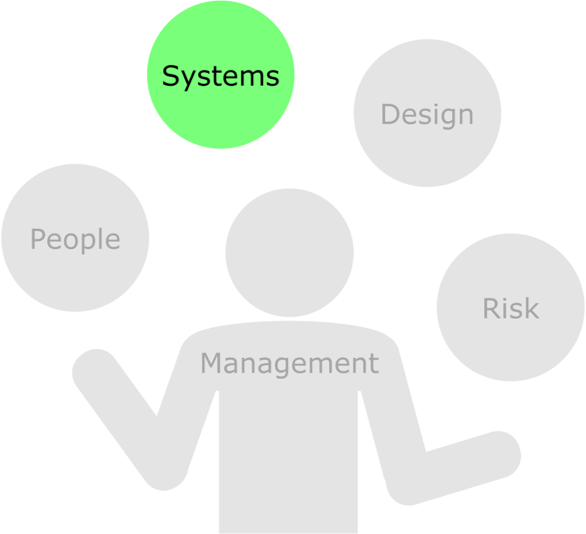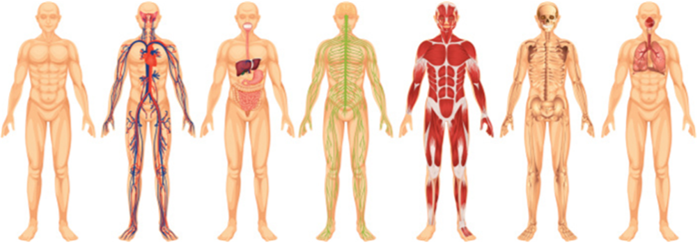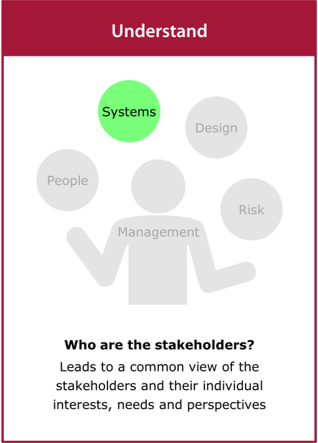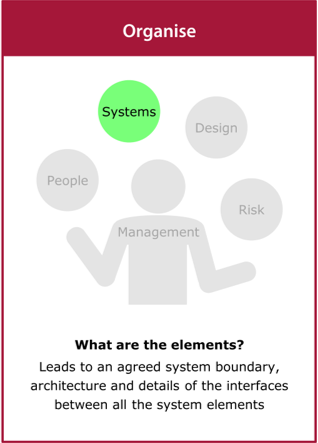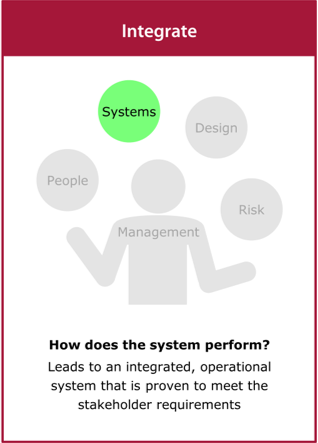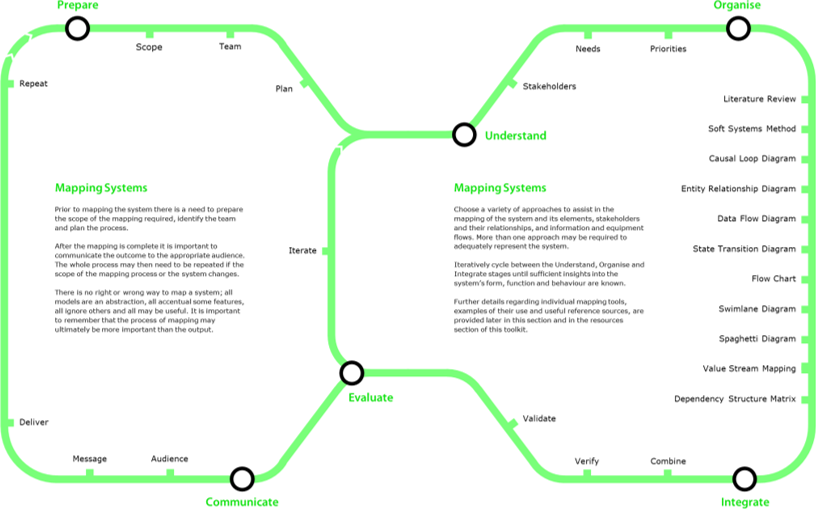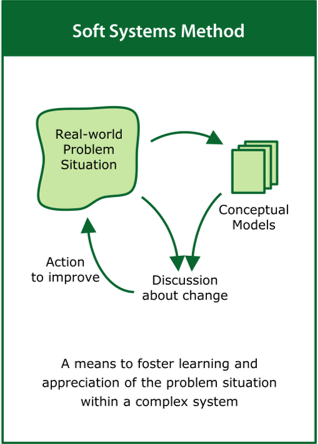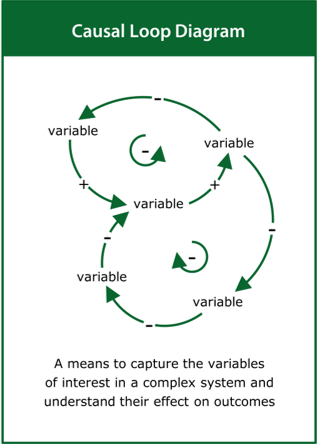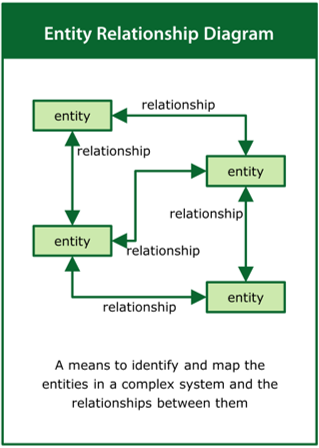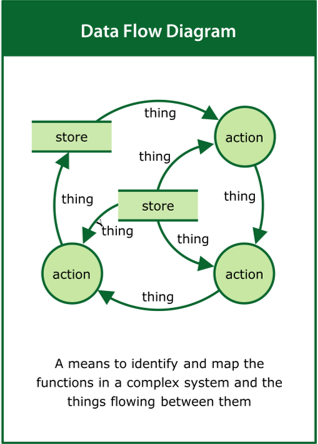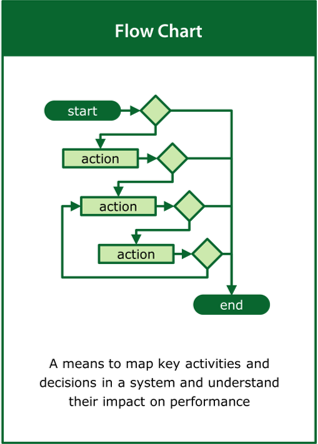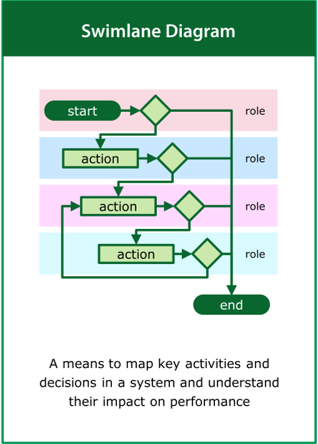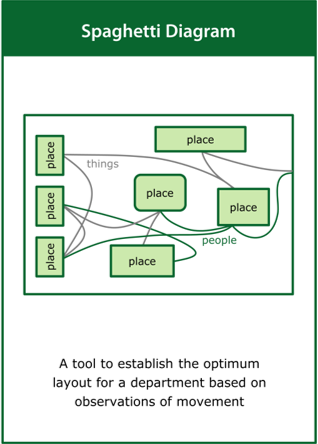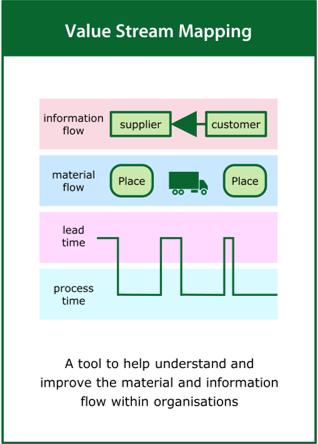A systems perspective ensures the design and improvement of safe and efficient systems that satisfy their required purpose in the context of a wider system.
Contents
Introduction
A system is a set of elements: people, processes, information, organisations and services, as well as software, hardware and other systems that, when combined, have qualities that are not present in any of the elements themselves. A systems perspective takes a holistic approach to understanding this complexity that enables the delivery of intended outcomes based on the way in which a system’s constituent parts relate to each other and to the wider system.
The design of a system can be considered to be made up of a series of iterative understand, organise and integrate cycles that enable a team to progress from identifying the stakeholders and their needs through to organising a system of elements and interfaces that are subsequently designed, integrated, validated and delivered to satisfy those needs.
Some systems are simple, others are chaotic1. Some are complicated with many elements, but operate in patterned ways, others are complex with features whose interactions are continually changing. It is the co-production of health outcomes with the patient, often across a number of systems rather than with any individual health and care system, that can add significant complexity and uncertainty, leading to behaviours not expected when focus is limited to individual systems. As a result, the solution to a challenge may actually involve changing another system and not the one where the problem or symptom is appearing, relying on collaboration and an integrated holistic view of the systems2.
Footnotes
- The new dynamics of strategy sense-making in a complex world. Kurtz and Snowden, IBM Systems Journal, 42(3):462-483, 2003.
- Creating systems that work: Principles of engineering systems for the 21st century. Royal Academy of Engineering, London, UK, 2007.
Questions
Understand
Who are the stakeholders?
The understand phase asks the question ‘Who are the stakeholders?’ and leads to a common and accepted understanding of the range of stakeholders and their individual interests, needs, values and perspectives. It is likely to include a variety of activities that can help build this understanding, for example:
- Identify system stakeholders and capture their needs
- Analyse the stakeholder needs and define priorities
- Draft the business case(s) for system change
Organise
What are the elements?
The organise phase asks the question ‘What are the elements?’ and leads to an agreed system boundary and architecture comprising a description of existing systems, requirements for new systems and details of the interfaces between them. It is likely to include a variety of activities that can help deliver this architecture, for example:
- Agree functional and information requirements
- Define the system architecture, boundary and interfaces
- Agree the system integration and evaluation plan
Integrate
How does the system perform?
The integrate phase asks the question ‘How does the system perform?’ and leads to a complete, operational system that is proven to meet the stakeholder requirements and is fit for its intended purpose. It is likely to include a variety of activities that can help deliver an integrated system, for example:
- Combine the system elements to build the complete system
- Verify and validate the system performance
- Monitor the system performance when it is in use
Process
Useful toolkit resources: the Process worksheet and cards for each of the tools can be downloaded from the Resources part of this toolkit.
Tools
Literature
Bevan H, Plsek P and Winstanley L (2013). Leading large scale change: A practical guide. NHS Institute for Innovation and Improvement, Leeds, UK.
Cowper D, Kemp D, Elphick J and Evans R (2014). To V or not to V — that MUST be the question: Knowing when to apply the right approach. INCOSE International Symposium, Las Vegas, NV.
Dekker SWA, Leveson NG (2015). The systems approach to medicine: controversy and misconceptions. BMJ, 24:7-9.
Hussain S and Dornhurst A (2016). Integrated care — taking specialist medical care beyond the hospital walls. Royal College of Physicians, London, UK.
INCOSE (2014). A world in motion: Systems Engineering Vision 2025. International Council on Systems Engineering, San Diego, CA.
IMechE (2016). Healthcare: Engineering solutions for the NHS. Institution of Mechanical Engineers, London, UK.
Kurtz CF and Snowden DJ (2003). The new dynamics of strategy sense-making in a complex world. IBM Systems Journal, 42(3):462-483.
NASA (2016). NASA Systems Engineering Handbook, NASA, Washington, DC.
NHS England (2015). Five Year Forward View — The Success regime: A whole systems intervention. NHS England, Redditch, UK.
Pronovost PJ, Ravitz AD, Stoll RA and Kennedy SB (2015). Transforming patient safety: A sector-wide systems approach. World Innovation Summit for Health (WISH), Qatar.
RAEng (2007). Creating systems that work: principles of engineering systems for the 21st Century. Royal Academy of Engineering, London, UK.
Reid PP, Compton WD, Grossman JH and Fanjiang G (2005). Building a better delivery system — A new engineering/health care partnership. National Academy of Engineering and Institute of Medicine, The National Academies Press, Washington, DC.
Feedback
We would welcome your feedback on this page:
Privacy policy. If your feedback comments warrant follow-up communication, we will send you an email using the details you have provided. Feedback comments are anonymized and then stored on our file server
Read more about how we use your personal data. Any e-mails that are sent or received are stored on our mail server for up to 24 months.


